Creating an outdoor living space is a fantastic way to extend your home’s living area and enjoy the beauty of nature. Whether you envision a cozy spot for relaxation, an entertaining area for gatherings, or a tranquil retreat for personal reflection, designing an outdoor living space can enhance your quality of life and add significant value to your home. Here’s a detailed guide to help you create an outdoor living space that perfectly fits your needs and lifestyle.
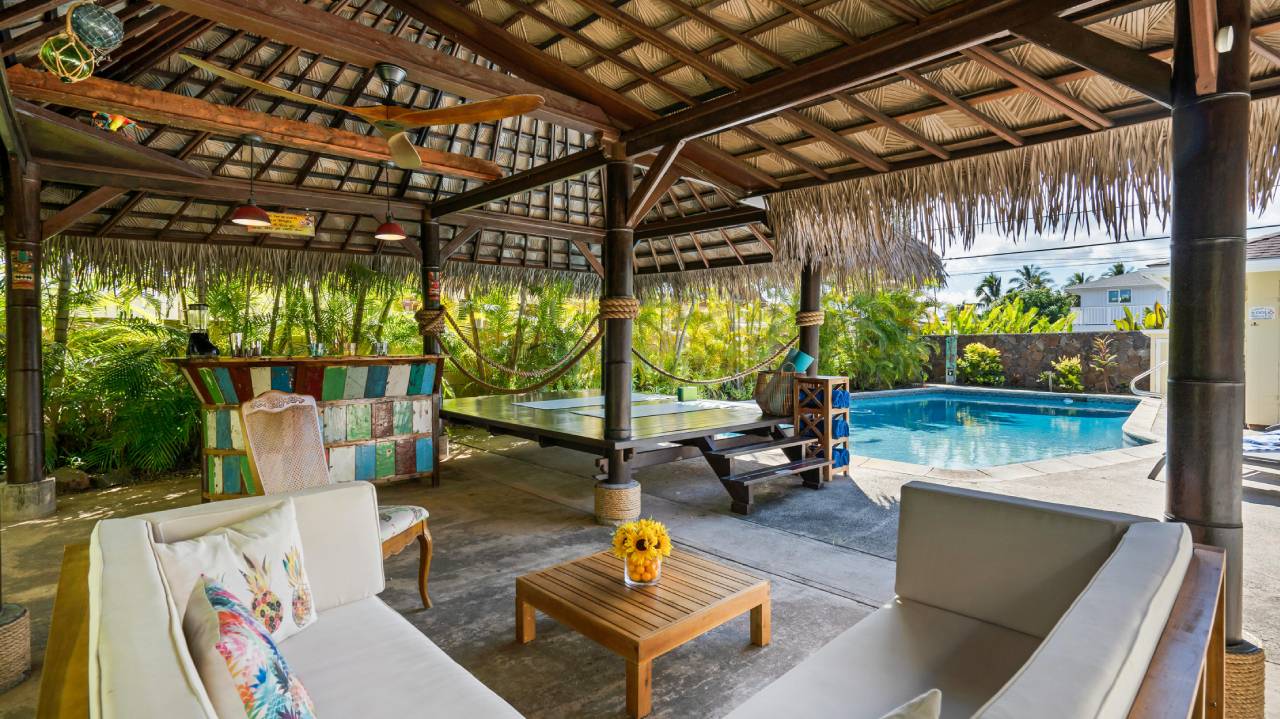
1. Define Your Purpose
Determine Your Needs: Begin by deciding how you want to use your outdoor space. Do you want a space for dining, lounging, entertaining guests, or perhaps a combination of these? Your goals will guide your design choices.
Consider Activities: Think about the activities you’ll be doing. If you plan to host frequent gatherings, consider areas for seating, a dining table, and possibly a fire pit or outdoor kitchen. For relaxation, focus on comfortable seating, privacy, and perhaps a water feature or garden.
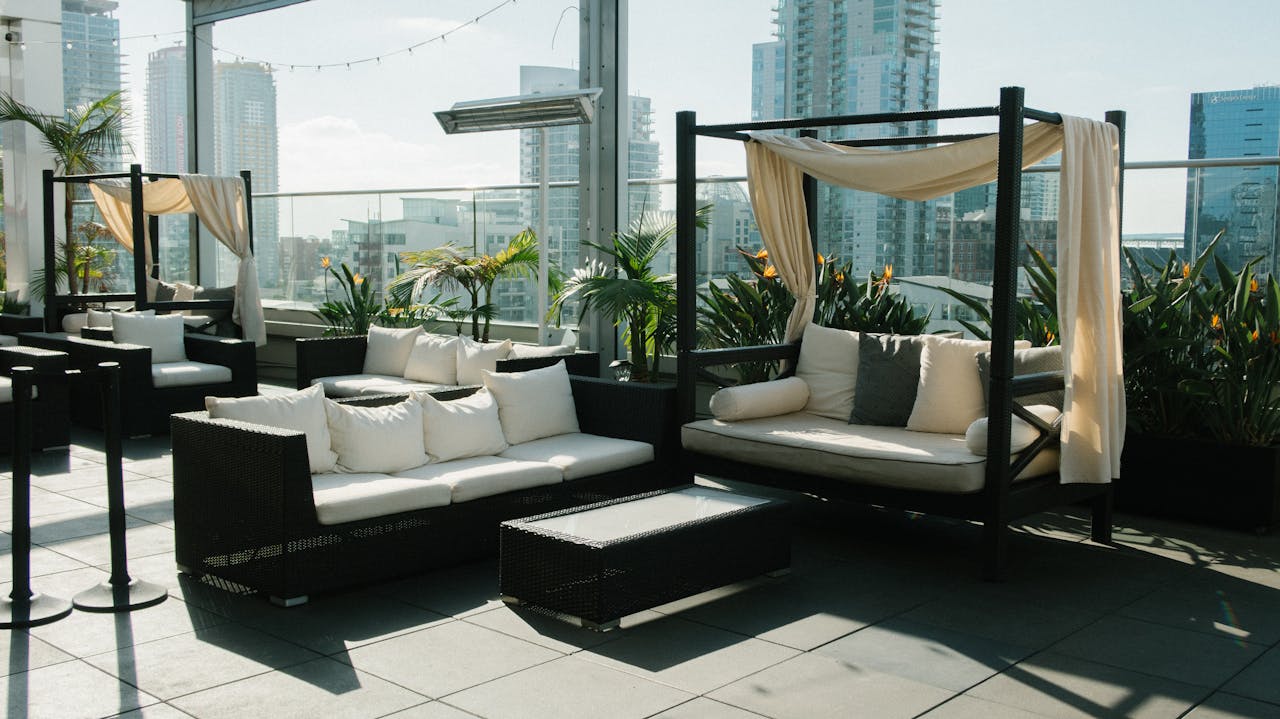
2. Choose the Right Location
Assess Your Space: Evaluate the layout and size of your outdoor area. Take note of sun and shade patterns, as well as any existing structures or features like trees and pathways.
Consider Privacy: Ensure your outdoor space offers the level of privacy you desire. Use landscaping elements such as hedges, trellises, or screens to create secluded areas.
Accessibility: Ensure that your outdoor space is easily accessible from your home. This might involve creating pathways or ensuring direct access from the main living areas.
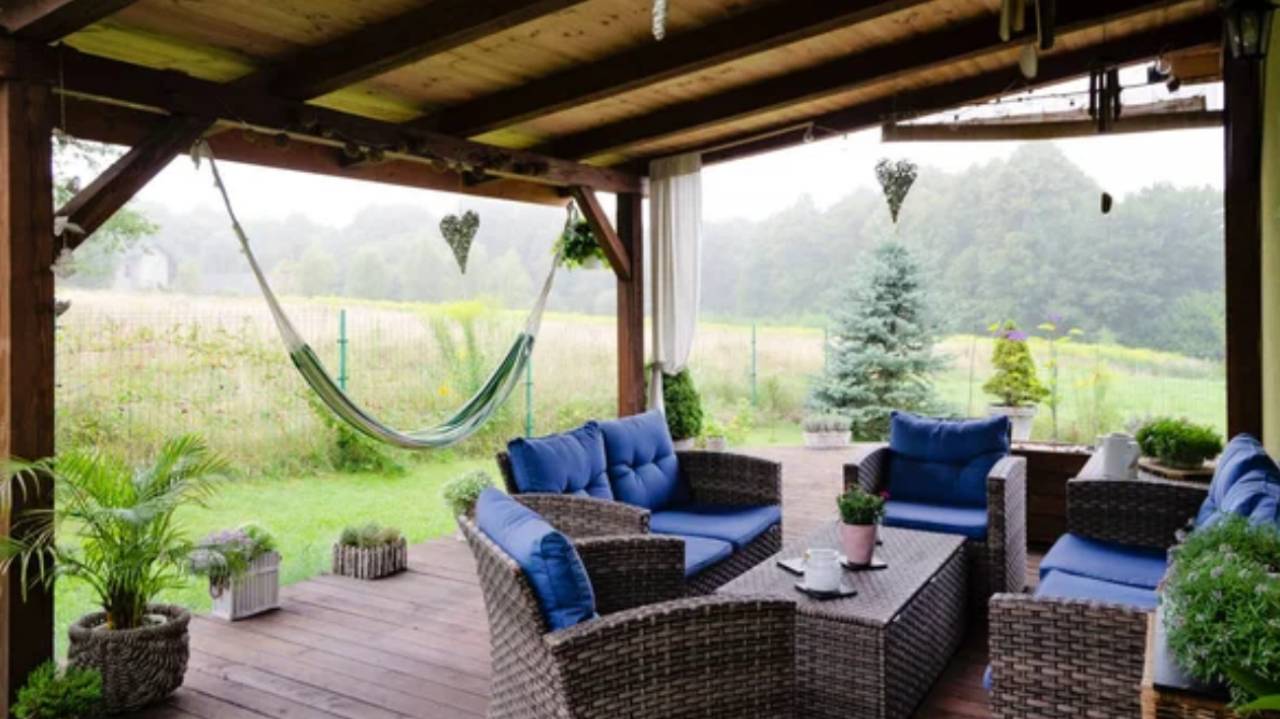
3. Design Your Layout
Create Zones: Divide your outdoor space into functional zones. Common zones include dining areas, lounging spaces, cooking areas, and play zones for children or pets.
Flow and Function: Design the layout to facilitate smooth movement between zones. Ensure there is enough space for comfortable seating and easy access to amenities like grills or tables.
Plan for Shade and Shelter: Incorporate elements like pergolas, awnings, or umbrellas to provide shade. This will make your outdoor space usable in various weather conditions.
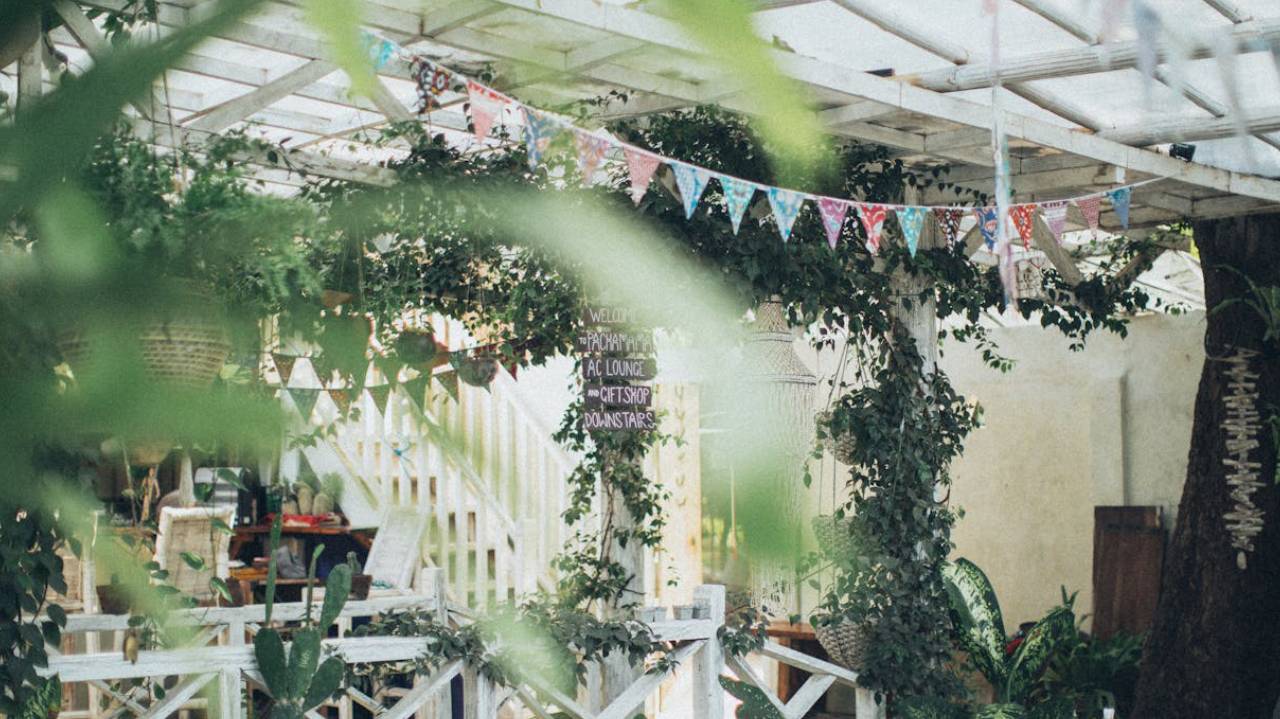
4. Select the Right Furniture
Choose Durable Materials: Opt for outdoor furniture made from weather-resistant materials such as teak, wicker, or aluminum. These materials are designed to withstand the elements and offer long-lasting performance.
Comfort and Style: For outdoor furniture setup ideas, select furniture that is both comfortable and stylish. Consider cushioned seating with removable, washable covers for added convenience.
Size and Scale: Ensure the furniture fits the scale of your outdoor living spaces in New Jersey. Avoid overcrowding by selecting pieces that complement the size of your outdoor area.
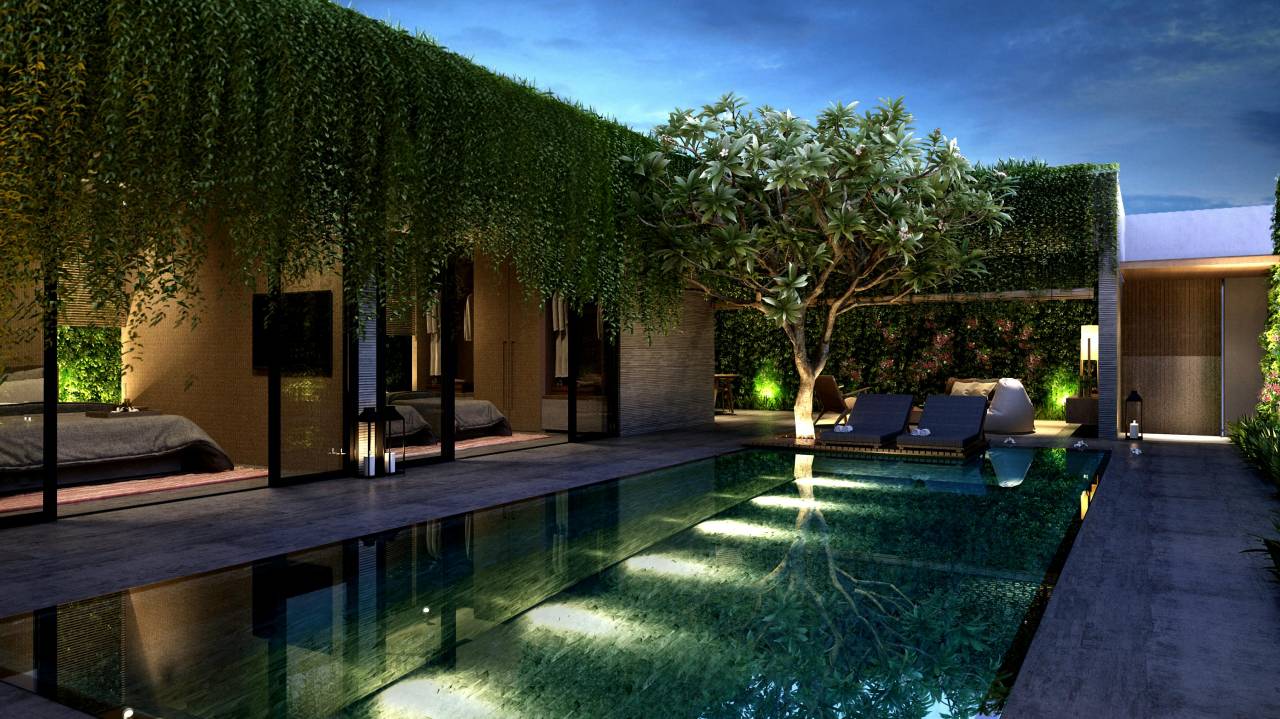
5. Add Ambiance with Lighting
Ambient Lighting: Install ambient lighting such as string lights, lanterns, or recessed lights to create a warm and inviting atmosphere in the evenings.
Task Lighting: Incorporate task lighting in areas like outdoor kitchens or dining tables to provide adequate illumination for cooking and eating.
Accent Lighting: Use accent lighting to highlight architectural features, plants, or garden ornaments. This adds depth and interest to your outdoor space.
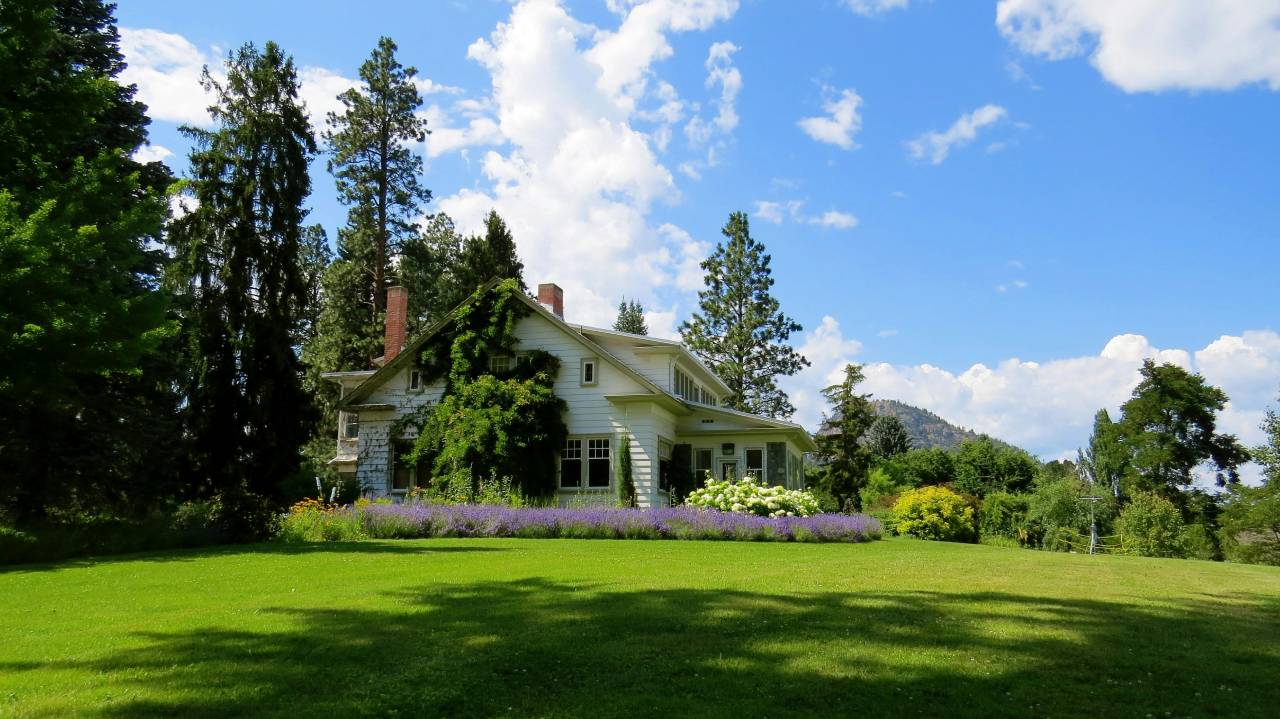
6. Incorporate Landscaping and Greenery
Choose Plants Wisely: Select plants that thrive in your local climate and soil conditions. Consider a mix of perennials, shrubs, and ornamental grasses for year-round interest.
Create Privacy: Use trees, tall shrubs, or trellises with climbing plants to enhance privacy and create natural barriers.
Add Hardscaping: Incorporate hardscaping elements like pathways, patios, or retaining walls to define spaces and add visual appeal.
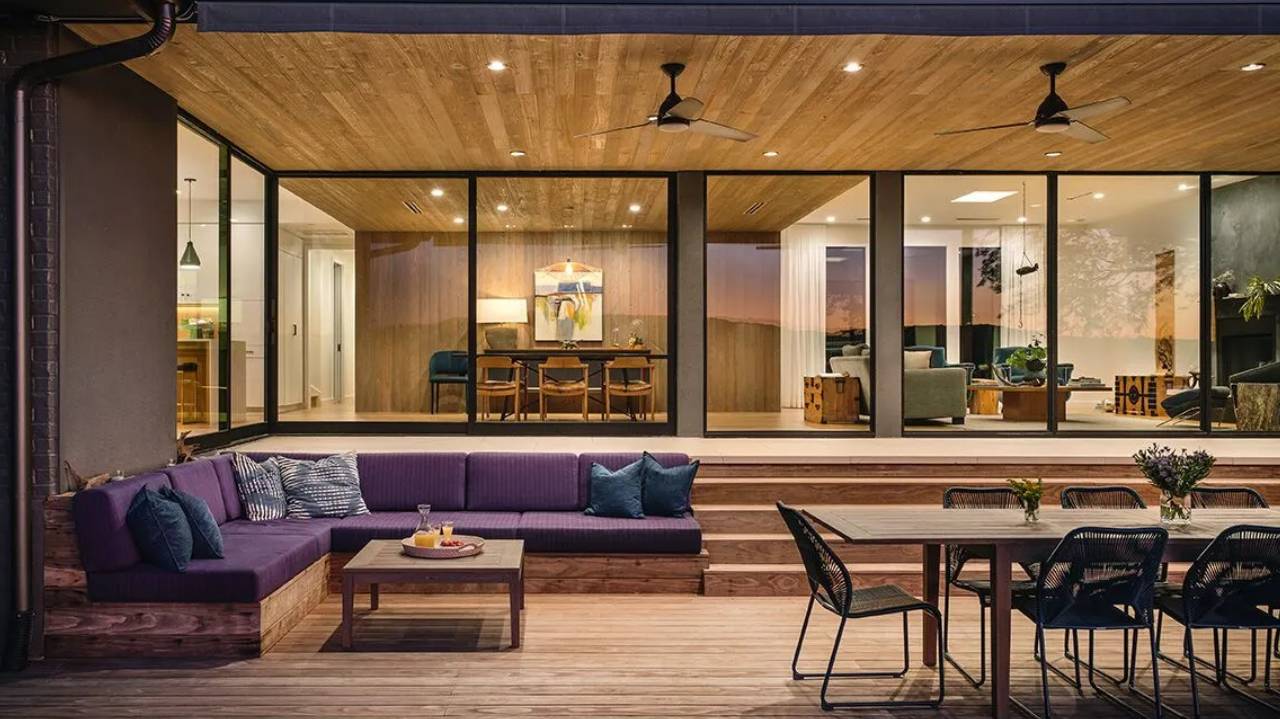
7. Include Outdoor Cooking and Dining Options
Outdoor Kitchen: If you enjoy cooking outdoors, consider adding an outdoor kitchen or grilling area. This can include a built-in grill, countertop space, and storage for utensils and supplies.
Dining Area: Choose a dining table and chairs that suit your style and accommodate the number of guests you typically host. Ensure the dining area is close to the kitchen or grilling space for convenience.
Accessories: Add accessories such as outdoor dinnerware, tablecloths, and placemats to enhance your dining experience.
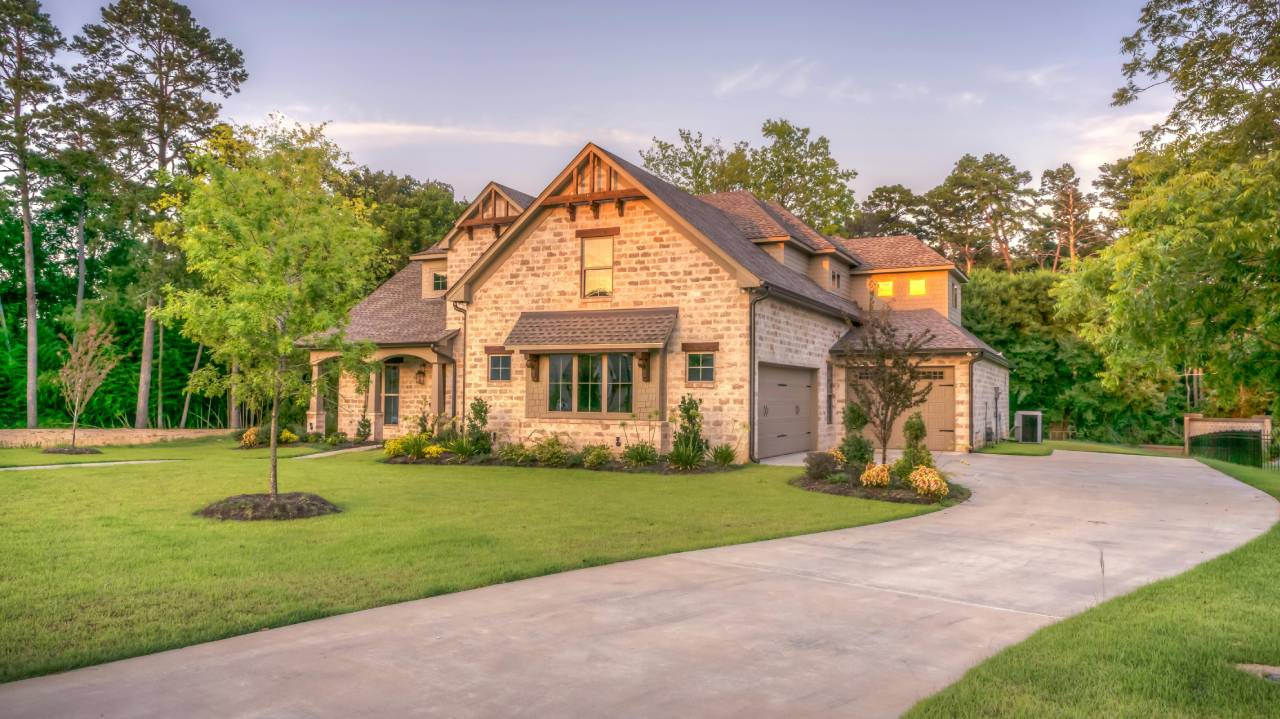
8. Personalize Your Space
Add Comfort: Include outdoor rugs, throw pillows, and blankets to make your space more inviting and comfortable.
Decorative Elements: Incorporate decorative elements such as artwork, sculptures, or water features to reflect your personal style and add visual interest.
Entertainment: For the backyard entertainment area, consider adding options like an outdoor speaker system, a projector for movies, or a fire pit for cozy gatherings.
9. Maintain Your Outdoor Space
Regular Cleaning: Keep your outdoor living spaces in New Jersey clean by regularly sweeping or hosing down surfaces and cleaning furniture.
Seasonal Maintenance: Perform seasonal maintenance tasks such as inspecting and treating outdoor furniture, pruning plants, assessing backyard entertainment areas, and checking for any wear and tear on structures.
Protect from the Elements: For outdoor furniture setup ideas, use covers during adverse weather conditions and ensure proper storage of cushions and accessories.
Conclusion
Creating an outdoor living space is a rewarding project that can enhance your home’s functionality and aesthetic appeal. By carefully planning your layout, selecting durable materials, and incorporating thoughtful design elements, you can create a beautiful and functional oasis that meets your needs. Whether you’re hosting gatherings, enjoying a quiet evening, or simply soaking up the sun, your outdoor living space will become a cherished extension of your home.
FAQs
What is the best way to maintain outdoor furniture?
Regularly clean your outdoor furniture with mild soap and water. For wood furniture, apply a protective sealant annually. Cover or store furniture during harsh weather to extend its lifespan.
How can I ensure my outdoor space remains usable in all seasons?
Incorporate features like an outdoor heater or fire pit for colder months, and provide shade with umbrellas or pergolas during the hot summer. Use durable materials that can withstand various weather conditions.
What are some low-maintenance plants for an outdoor space?
Opt for hardy plants like lavender, ornamental grasses, and succulents. These plants are drought-tolerant and require minimal upkeep while adding beauty to your outdoor area.
